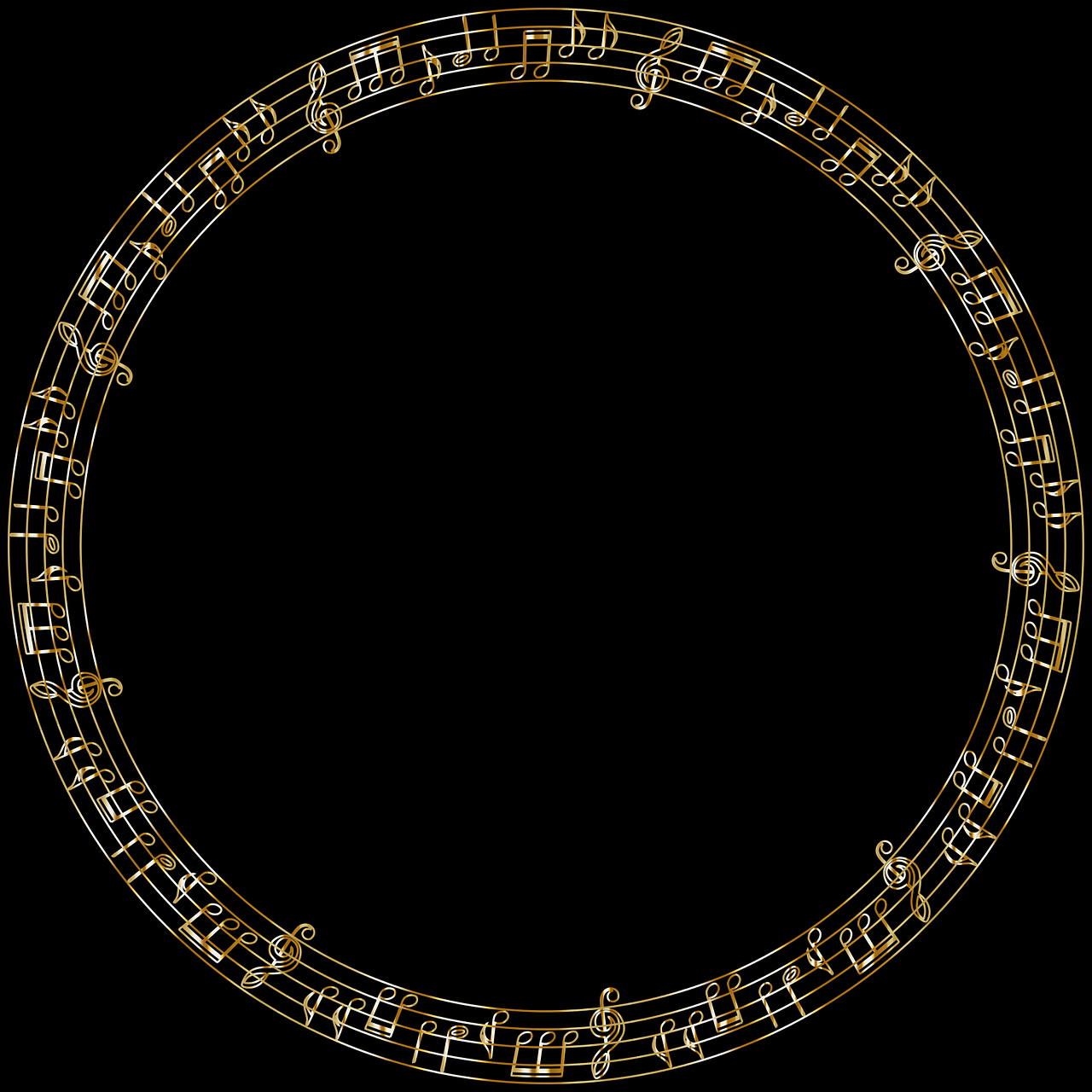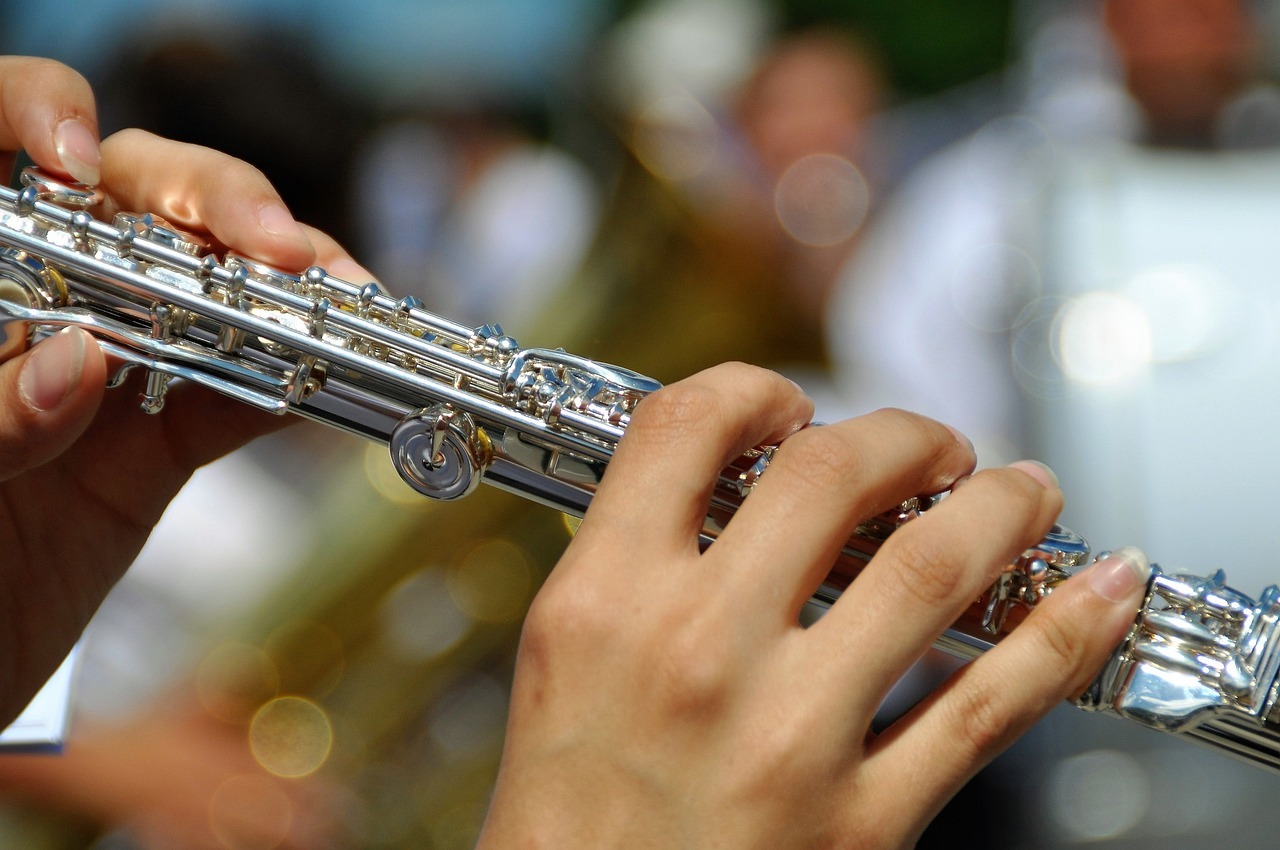Sound art stands at the crossroads of music and art, challenging our usual ways of experiencing music. It dives into a world beyond traditional melodies and rhythms, exploring noises, silence, and the sounds around us. This genre uses technology and the spaces we inhabit, inviting us to rethink how we listen to and engage with sound. It pushes us to question the boundaries of music, offering fresh perspectives on auditory experiences.
The question of whether sound art can change our music experience is fascinating. By focusing on the interaction between sound, space, and technology, sound art provides new contexts for listening and understanding. It encourages us to listen more deeply and appreciate the full spectrum of sounds in our environment. This exploration not only broadens our musical horizons but also enriches our daily lives with a deeper appreciation for the sounds that surround us.
Definition and Origins
Sound art is an artistic discipline that emphasizes the use of sound and listening as primary elements. Its roots can be traced back to the early 20th century, with the experimental works of avant-garde artists and composers who sought to break free from the conventions of classical music. Figures such as Luigi Russolo, with his manifesto “The Art of Noises,” and John Cage, known for his silent piece “4′33″,” were pivotal in challenging traditional notions of music and sound. These pioneers laid the groundwork for sound art by advocating for the inclusion of ambient noises, everyday sounds, and silence in artistic expressions.
Characteristics of Sound Art
Sound art distinguishes itself through several key characteristics. It often involves the creation and manipulation of sound in spaces, focusing on the acoustic environment as much as the sound itself. Unlike traditional music compositions that can be performed in various settings, many sound art pieces are site-specific, designed to interact with the particular acoustics and architecture of a location. Additionally, sound art frequently incorporates visual and spatial elements, creating a multisensory experience that engages more than just the auditory sense. This holistic approach to sound and environment invites audiences to experience art in a more immersive and interactive manner.
Sound Art and Music: A Converging Spectrum
The relationship between sound art and music is complex and intertwined, with each influencing and enriching the other. Sound art challenges us to expand our definition of music, encouraging the inclusion of unconventional sounds and compositional techniques. This blurring of boundaries is evident in the works of artists who straddle the line between music and sound art, creating pieces that defy easy categorization.
John Cage, for instance, is a seminal figure whose work has significantly impacted both fields. His explorations into silence, ambient sound, and chance operations have inspired countless artists and musicians to rethink the role of sound in their creations. Laurie Anderson, another innovative artist, combines spoken word, music, and technology to create engaging performances that transcend traditional music and art forms. These artists, among others, demonstrate how the intersection of sound art and music can lead to new forms of expression and experiences.
Psychological and Emotional Impact
Altering Perception
Sound art possesses a unique ability to manipulate our perception of sound and space, creating experiences that can profoundly affect us on psychological and emotional levels. Through innovative use of acoustic phenomena, such as echo, resonance, and spatial distribution of sound, artists can craft environments that challenge our auditory expectations. This alteration of perception encourages listeners to engage more deeply with the sound, prompting a heightened awareness of the nuances of auditory stimuli. Such experiences can shift our understanding of sound from a passive background element to a rich, multidimensional field of exploration, opening up new avenues for emotional and cognitive engagement.
Engagement and Immersion
The immersive qualities of sound art play a crucial role in its emotional impact. By enveloping the listener in a soundscape that transcends traditional musical structures, sound art can evoke a wide range of emotional responses, from tranquility and contemplation to disorientation and awe. Interactive installations, in particular, offer a level of engagement that is markedly different from the passive consumption of conventional music. These works often require the active participation of the audience, whether through movement, touch, or even the creation of sound, fostering a sense of connection and involvement that deepens the emotional resonance of the experience.
Discover the transformative power of sound art in reshaping our music experiences and perceptions. Dive deeper into the realm of artistic healing and exploration with our article, Can Art Therapy Truly Change Lives and Heal Minds?
Sound Art in Public and Private Spaces
Public Installations
Public installations of sound art have the power to transform ordinary spaces into extraordinary sensory experiences. One notable example is Janet Cardiff’s “The Forty Part Motet,” a spatialized adaptation of Thomas Tallis’s 16th-century composition “Spem in Alium,” played through 40 speakers arranged in a circle. This installation invites listeners to walk among the speakers, experiencing the piece from multiple perspectives and creating a deeply personal interaction with the music. Such installations not only enrich the public’s engagement with sound and space but also democratize art by making it accessible to a broader audience outside traditional galleries and concert halls.
Private Experiences
The advent of digital technology has brought sound art into private spaces, offering new ways for individuals to engage with this form of expression. Apps, virtual reality, and sound installations in domestic settings allow for intimate encounters with sound art, personalized to the listener’s environment and preferences. This accessibility enables a more personalized relationship with sound, where one can curate their auditory environment, blending art, music, and everyday life in a seamless experience.
Technological Innovations in Sound Art
The evolution of sound art has been significantly propelled by technological innovations, which have expanded the palette of possibilities for artists and fundamentally altered the landscape of music creation and consumption. These advancements have not only provided new tools and methods for producing sound art but have also reshaped how we interact with and experience music.
Advancements and Tools
At the forefront of these technological advancements are sophisticated software and hardware designed to capture, manipulate, and generate sound in ways previously unimaginable. Software applications such as Max/MSP, Ableton Live, and Pure Data offer artists the ability to create complex soundscapes by processing live audio signals or by synthesizing sounds from scratch. These programs provide a high degree of control over sound parameters, allowing for intricate adjustments and real-time interaction, which are essential for sound art installations and performances.
Hardware developments, too, have played a crucial role. Field recorders, contact microphones, and modular synthesizers enable artists to explore new sound sources and textures. Field recorders and contact microphones, for example, allow for the capture of ambient sounds and vibrations from various environments and objects, turning the world into a vast instrument. Modular synthesizers, on the other hand, offer endless possibilities for sound synthesis and modulation, encouraging experimentation with electronic sounds.
Impact on Music Creation and Consumption
The integration of technology in sound art has not only broadened the scope of artistic expression but has also led to new forms of music and listening practices. Artists can now create immersive sound environments that challenge traditional concert settings, encouraging active participation and exploration from the audience. These technological tools have also facilitated the rise of ambient music, noise music, and other experimental genres that redefine the boundaries of music.
Moreover, the ease of access to music production software and online distribution platforms has democratized music creation and consumption. Sound artists and musicians can share their work with a global audience, fostering a more inclusive and diverse musical landscape. This shift has led to a proliferation of new music, influenced by sound art’s exploratory nature, that incorporates elements of spatialization, interactivity, and unconventional sound sources.
Challenges and Criticisms
Authenticity and Accessibility
Sound art, while innovative and expansive in its approach to auditory experiences, faces critiques concerning its authenticity as a form of music and its accessibility to the general public. Detractors argue that by straying far from traditional musical structures and embracing unconventional sounds and formats, sound art challenges the very definition of music, raising questions about its legitimacy as a musical form. This debate touches on broader issues of what constitutes art and music, with some viewing sound art’s departure from melody and harmony as a move away from authenticity.
Accessibility also presents a significant challenge. Sound art often requires specific spatial configurations and technological setups, making it less accessible than traditional music, which can be enjoyed in a variety of settings without specialized equipment. Additionally, the conceptual nature of many sound art pieces may be perceived as esoteric, creating a barrier to understanding and appreciation among the general public.
Commercialization
The commercialization of sound art raises concerns about the integrity and perception of the medium. As sound art gains popularity, there’s a risk that commercial interests could influence artistic decisions, potentially diluting the innovative spirit that defines sound art. The push towards marketability could also lead to a homogenization of sound art, where works are created with an eye towards sales and popularity rather than exploration and experimentation. This tension between artistic integrity and commercial success is a common challenge in the arts, but it is particularly pronounced in fields like sound art that rely on innovation and deviation from the norm.
Conclusion
Through its exploration of unconventional sound sources, immersive installations, and interactive experiences, sound art expands the auditory landscape, inviting us to engage with sound in more profound and nuanced ways. The technological advancements in software and hardware have played a pivotal role in this evolution, enabling artists to push the boundaries of sound creation and manipulation, leading to new forms of music and listening practices that are more interactive, immersive, and personalized than ever before.
However, as with any innovative art form, sound art faces its own set of challenges and criticisms. Questions of authenticity, accessibility, and the impact of commercialization highlight the ongoing debate around what constitutes music and art, and who it is for. Despite these challenges, sound art continues to offer a rich field of exploration and expression, contributing to the broader cultural dialogue about the role of art and technology in society.




